Indoor plants do more than just beautify your space—they can also help improve the air quality in your home. Certain plants are especially good at filtering out common indoor toxins and releasing fresh oxygen, making them both decorative and functional. Whether you’re looking for something low-maintenance or a statement piece, there are plenty of options that thrive indoors while purifying the air. Here are 15 beautiful plants that not only enhance your decor but also create a healthier living environment.
Peace Lily (Spathiphyllum)
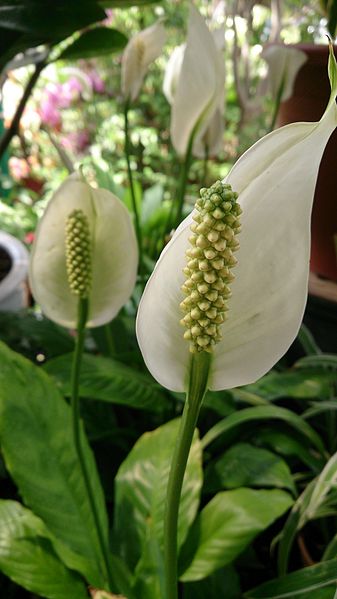
Peace lilies are known for their ability to purify the air by removing toxins like formaldehyde and benzene. They thrive in low light, making them perfect for indoor spaces with little sunlight. The elegant white blooms add a touch of serenity to any room, and their lush green leaves are easy to maintain. By keeping the soil moist, you can enjoy this plant’s benefits all year round. Peace lilies are also excellent for increasing humidity, which can improve respiratory health.
Snake Plant (Sansevieria trifasciata)

Also known as the mother-in-law’s tongue, the snake plant is a resilient indoor plant that effectively filters out pollutants like xylene and toluene. Its upright, sword-like leaves make it a stylish addition to any space. This plant can tolerate low light conditions and doesn’t require frequent watering, making it ideal for those with a busy schedule. During the night, the snake plant continues to convert carbon dioxide into oxygen, improving the air quality in your home. It’s a great choice for bedrooms or offices.
Spider Plant (Chlorophytum comosum)
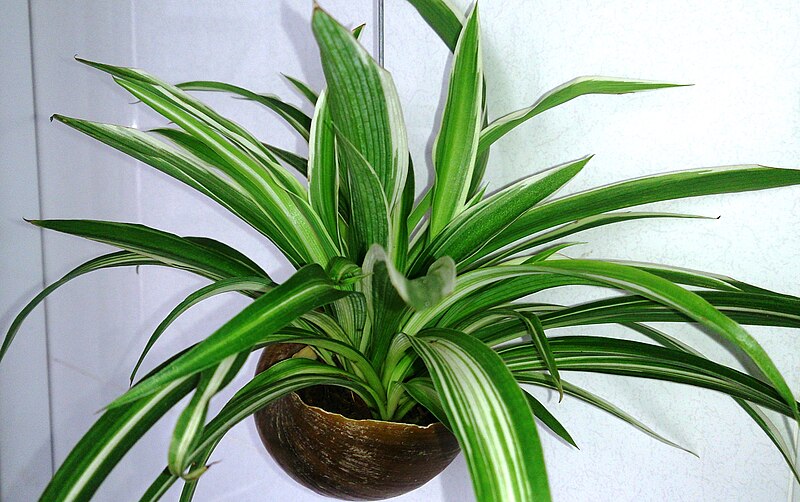
The spider plant is well-loved for its air-purifying abilities, particularly in removing carbon monoxide and formaldehyde. Its cascading leaves grow quickly, creating a beautiful and full appearance with minimal care. This plant thrives in indirect sunlight and can even survive with occasional neglect. Spider plants are non-toxic, making them safe for homes with pets or children. Their vibrant green leaves also help to boost the oxygen levels in any room.
Aloe Vera (Aloe barbadensis miller)
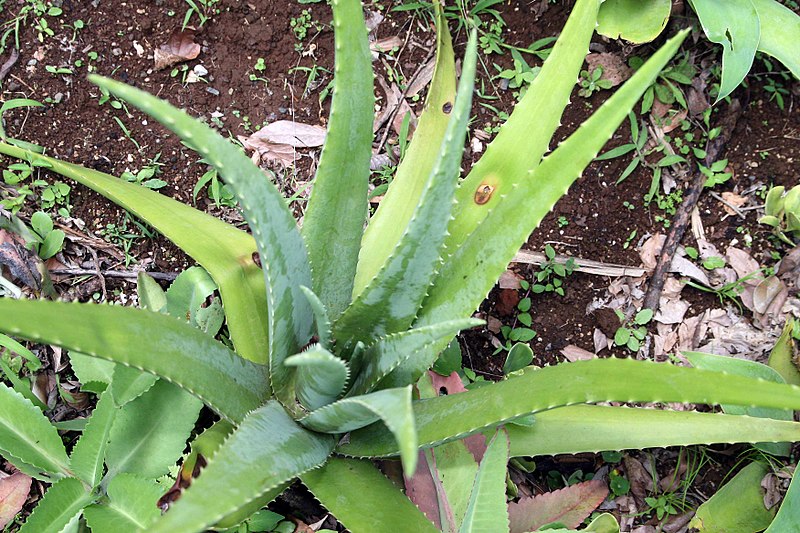
Aloe vera is a versatile plant that not only cleans the air but also provides natural gel for soothing skin irritations. Its thick, fleshy leaves store water, allowing it to survive in dry indoor environments. This plant is highly effective at absorbing harmful chemicals like formaldehyde and benzene, commonly found in cleaning products. Aloe vera thrives in bright, indirect sunlight, making it ideal for placing near windows. With its minimal maintenance needs, it’s a perfect addition to any indoor space.
English Ivy (Hedera helix)
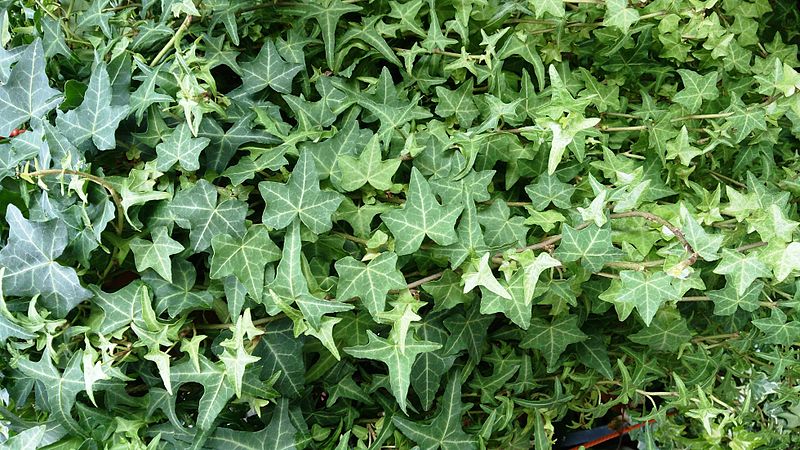
English ivy is a climbing plant that efficiently removes mold particles and allergens from the air, promoting a healthier living environment. It can be grown in hanging baskets or allowed to climb along walls, adding both beauty and function to your home. This plant thrives in low to medium light and needs regular watering to keep the soil moist. Studies have shown that English ivy can significantly reduce airborne fecal particles, making it great for bathrooms and kitchens. With its elegant trailing vines, it brings a touch of the outdoors inside.
Boston Fern (Nephrolepis exaltata)
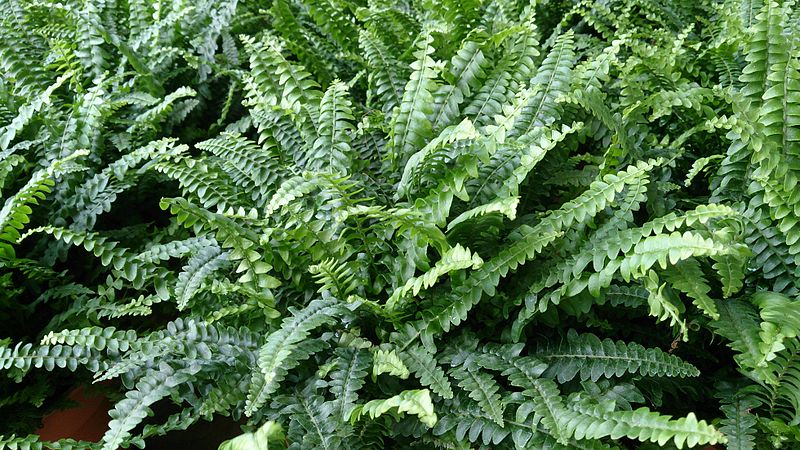
The Boston fern is one of the best plants for filtering out formaldehyde and other indoor air pollutants. Its arching fronds create a lush, green display that brings a fresh feel to any room. This plant thrives in humid environments and prefers indirect light, making it perfect for bathrooms or kitchens. Regular misting helps the Boston fern maintain its vibrant foliage. Not only does it clean the air, but it also adds moisture to the atmosphere, improving overall air quality.
Rubber Plant (Ficus elastica)
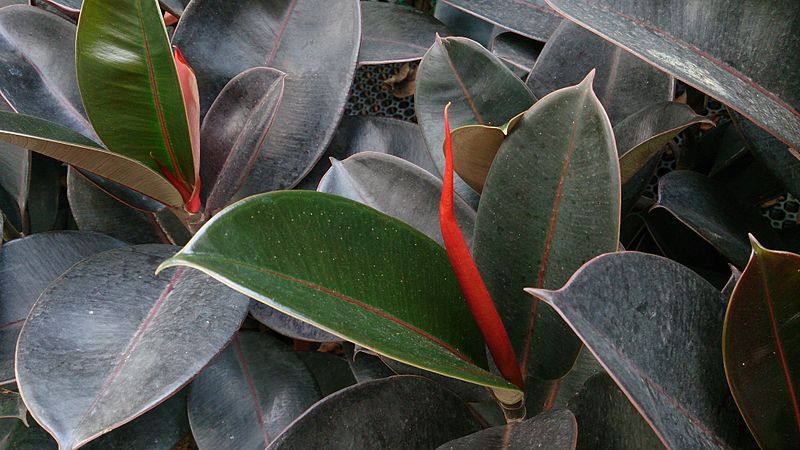
The rubber plant is a powerful air purifier that removes harmful toxins like formaldehyde from indoor spaces. Its large, glossy leaves make a bold statement in any room, while its low maintenance needs make it easy to care for. This plant can grow in low to moderate light and only requires occasional watering. As it grows, the rubber plant releases more oxygen, making it a great choice for improving air quality. It’s also known for absorbing carbon dioxide and releasing fresh oxygen into the environment.
Areca Palm (Dypsis lutescens)

The Areca palm, also known as the butterfly palm, is a popular indoor plant known for its ability to remove toxins such as formaldehyde, xylene, and toluene from the air. Its feathery fronds bring a tropical vibe to any indoor space, creating a calming atmosphere. This plant thrives in bright, indirect sunlight and requires regular watering to stay healthy. The Areca palm is also effective at increasing indoor humidity, which can help relieve dry skin and respiratory issues. With its graceful appearance and air-purifying qualities, it’s a great addition to living rooms or offices.
Dracaena (Dracaena marginata)
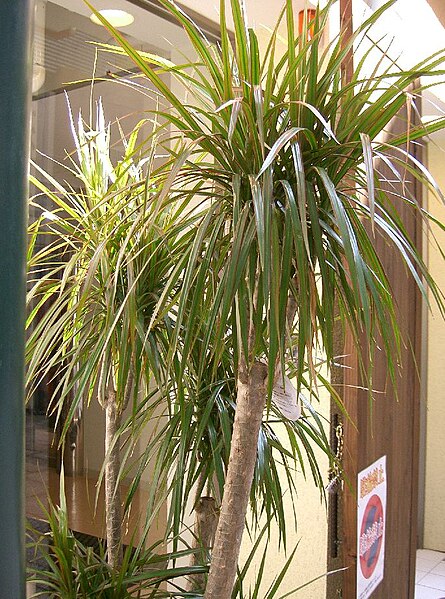
Dracaena plants are excellent for removing chemicals such as benzene, formaldehyde, and trichloroethylene from indoor air. Their long, narrow leaves create an elegant silhouette, adding vertical interest to any space. Dracaena plants are relatively low maintenance, thriving in indirect light and requiring moderate watering. Over time, they can grow quite tall, making them ideal for filling empty corners or adding height to a room. With their striking appearance and air-purifying benefits, they are a perfect fit for modern homes.
Bamboo Palm (Chamaedorea seifrizii)
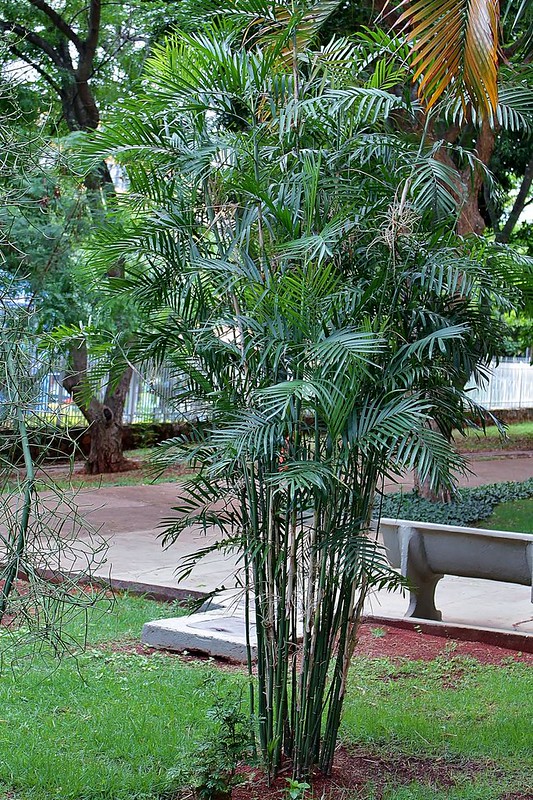
The bamboo palm is a natural air purifier that helps remove airborne toxins like formaldehyde and benzene. Its tall, slender stalks and lush green leaves create a tropical feel in any indoor space. This plant prefers bright, indirect light and regular watering to keep its leaves vibrant. In addition to its air-purifying abilities, the bamboo palm also helps maintain indoor humidity levels. Its graceful appearance and low maintenance needs make it an ideal plant for homes and offices alike.
Pothos (Epipremnum aureum)
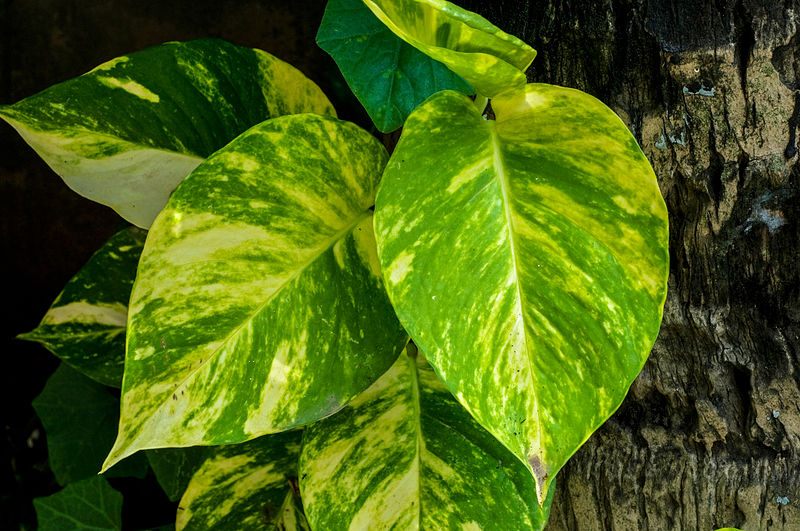
Pothos is a versatile, trailing plant that thrives in a variety of indoor environments, making it perfect for beginners. This plant is highly efficient at filtering out pollutants such as formaldehyde, benzene, and carbon monoxide. Its heart-shaped leaves can grow in low to bright indirect light, and it only requires occasional watering. Pothos also has a fast growth rate, allowing you to enjoy its air-purifying benefits in a short time. With its adaptable nature and beautiful appearance, it’s a popular choice for improving indoor air quality.
Chinese Evergreen (Aglaonema)
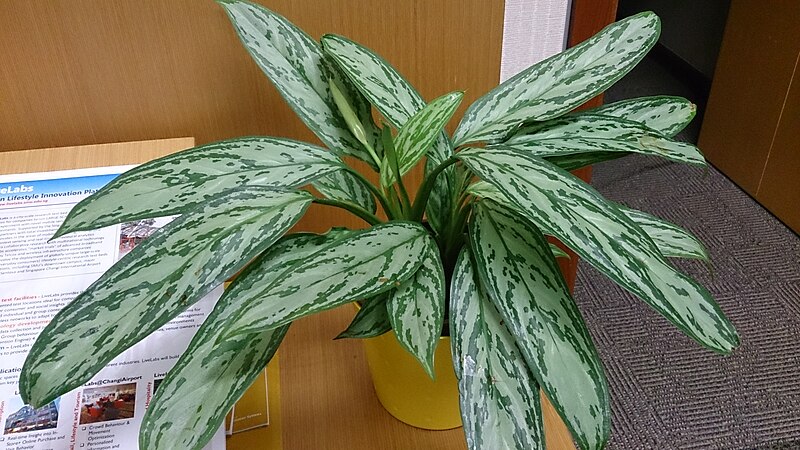
Chinese evergreens are slow-growing plants known for their air-purifying qualities and ability to thrive in low light. Their variegated leaves come in shades of green, silver, and red, adding color to any space. This plant filters toxins such as formaldehyde and benzene, making it an excellent addition to homes and offices. Chinese evergreens require minimal care, needing only occasional watering and indirect sunlight to thrive. With its beautiful foliage and ability to improve air quality, it’s a great low-maintenance plant.
Philodendron (Philodendron hederaceum)
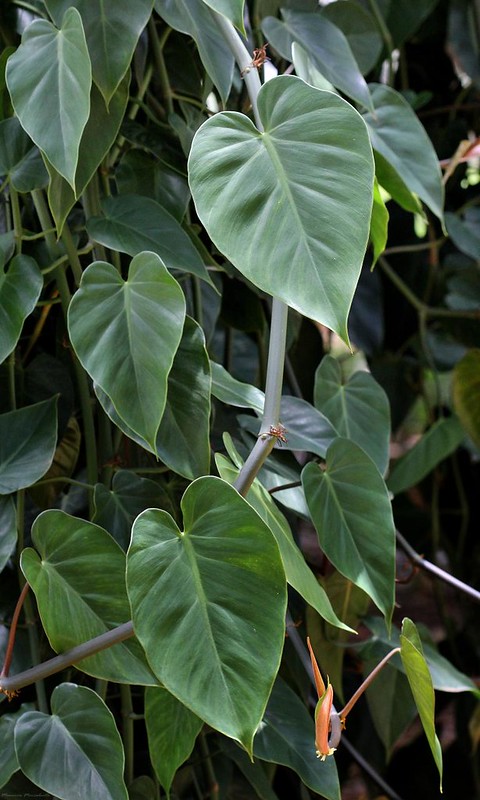
Philodendrons are beloved for their heart-shaped leaves and ability to cleanse the air of formaldehyde and other pollutants. These plants are easy to grow, adapting well to various indoor lighting conditions. Philodendrons prefer indirect sunlight and require watering when the top inch of soil is dry. Their trailing vines make them perfect for hanging baskets or allowing to climb along shelves. With their low-maintenance needs and air-purifying abilities, philodendrons are a staple in many homes.
Gerbera Daisy (Gerbera jamesonii)
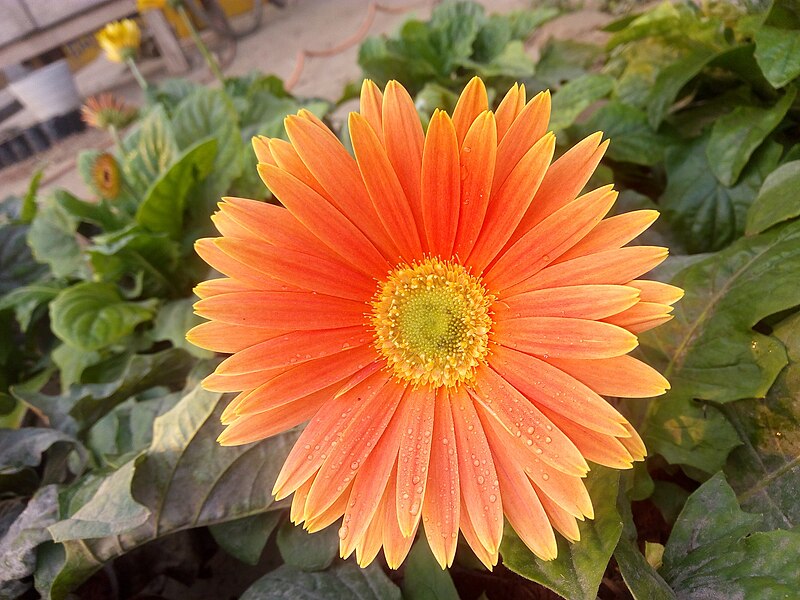
Gerbera daisies are vibrant flowering plants that add a pop of color to any room while also purifying the air. They are particularly effective at removing trichloroethylene, which is commonly found in household cleaning products. These daisies thrive in bright, indirect sunlight and need well-drained soil to flourish. While they require a bit more care than some indoor plants, their cheerful blooms and air-purifying benefits make them worth the effort. Gerbera daisies are also known to release oxygen during the night, improving the air quality as you sleep.
ZZ Plant (Zamioculcas zamiifolia)
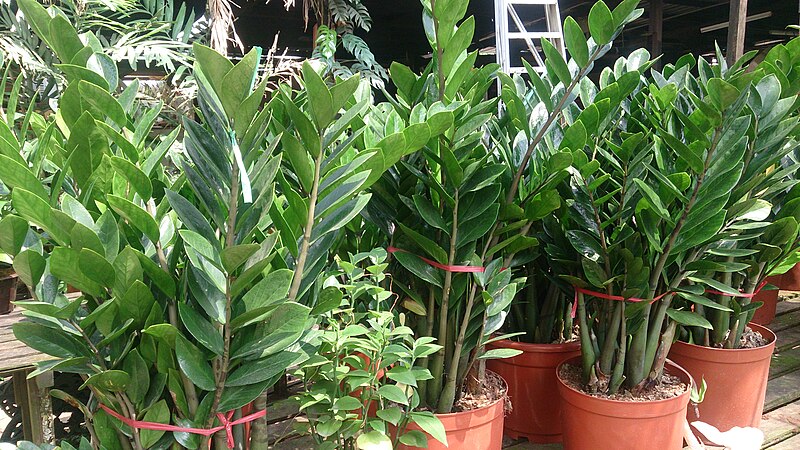
The ZZ plant is a hardy indoor plant that not only removes toxins like xylene and toluene from the air but also tolerates low light and infrequent watering. Its thick, waxy leaves make it highly drought-resistant, perfect for those who occasionally forget to water their plants. This plant grows well in a variety of light conditions, from low to bright indirect light. The ZZ plant also has a slow growth rate, making it ideal for smaller spaces or tabletops. With its low maintenance needs and air-purifying qualities, it’s a great choice for any home or office.
This article originally appeared on Rarest.org.
More From Rarest.Org
Rugged mountain landscapes are home to some of the most awe-inspiring and powerful birds of prey on the planet. These majestic raptors have evolved to thrive in harsh, high-altitude environments, where their strength, agility, and keen hunting skills are put to the test. Read more.
If you’re looking for a breathtaking view, nothing quite compares to the majesty of cliffs that rise high above pristine waters. These natural wonders offer a stunning combination of rugged terrain and crystal-clear seas, creating some of the most awe-inspiring landscapes on earth. Read more.
High-altitude environments are some of the most challenging places on Earth, where thin air, freezing temperatures, and rugged terrain create a harsh backdrop for life. Yet, amidst these extreme conditions, a select group of creatures not only survive but thrive. Read more.



